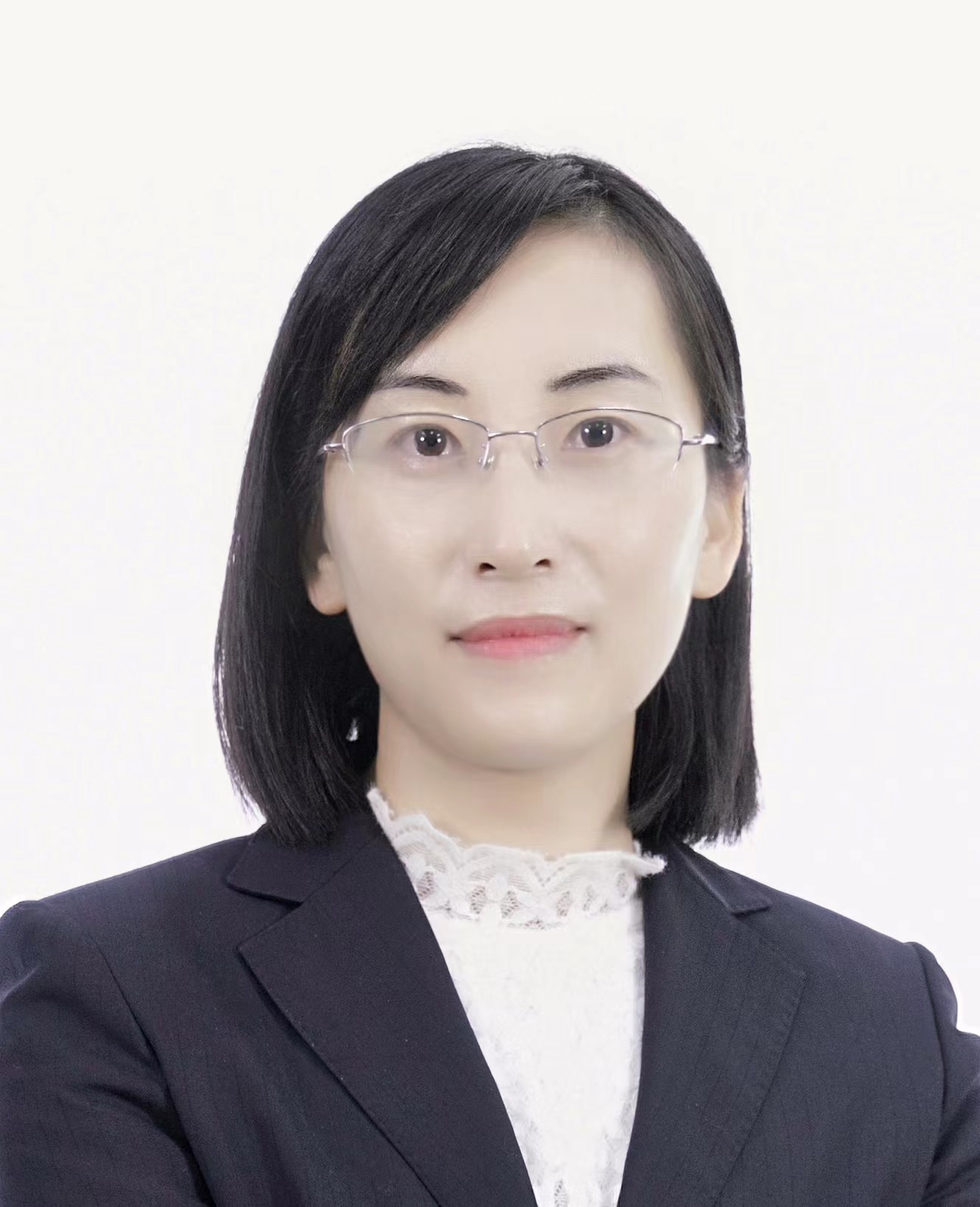Biotherapies, Cellular Therapies, and Immunotherapies
(P-BT-7) Comprehensive transcriptome analyses of terminal erythroid differentiation in vitro from PBMC using single-cell sequencing

Yanling Ying, n/a
Blood Center of Zhejiang Province
Hangzhou, Zhejiang, China (People's Republic)
Presenting Author(s)
The differentiation of human hematopoietic stem cells (HSCs) to the erythroid lineage in vitro provides a potential alternative source of blood. The fine-resolution differentiation trajectories of HSCs is critical for understanding the dynamic developmental changes in erythropoiesis and hematopoietic induction in vitro.
Study
Design/Methods:
CD34+ stem cells from peripheral blood mononuclear cells (PBMC) were isolated and enriched using magnetic sorting system. HSCs were induced for erythroid differentiation using a serum-free culture system in vitro. Samples were collected at day11, 15, 18 for single-cell RNA sequencing(scRNA-seq). BD Rhapsody platform was performed by constructing multiple single-cell transcriptome libraries using multijunction linkage. The Rhapsody™ Analyzer is used for preliminary analysis of the raw data and separation of individual samples. The recursive substitution error correction (RSEC)-adjusted molecule matrices were used for subsequent comprehensively define cell differences analysis by Scanpy workflow.
Results/Findings:
Samples from each stage was obtained on average 8973 cells and mean 11,735.6 molecules per cell. Based on known erythroid subpopulation markers, we identified seven well-established cell types, including hematopoietic stem cells (HSC), proerythroblasts (ProE), basophilic erythroblasts (BasoE), polychromatophilic erythroblasts (PolyE), orthochromatophilic erythroblasts (OrthoE), reticulocytes (Retic), and erythrocytes (Eryth). Bioinformatics analysis revealed significant differences in transcriptome information between different specific cell types at the erythroid differentiation stage at an unprecedented resolution. The pseudotemporal analysis revealed the gene expression profiles along developmental pathways were both identical and different. This means that some of the major altered genes play a crucial role in the next step of cell development at different stages. Cluster enrichment and network analysis showed that the specific expression patterns of genes with different functions were abundant at different stages during differentiation. Instance, the GO terms for one cluster were significantly enriched for differentially expressed genes related to Erythrocyte differentiation,porphyrin-containing compound biosynthetic process and regulation of hemoglobin biosynthetic process.The cell interaction network diagram shows that there are obvious differences in the interaction relationships between cells at different stages of differentiation.
Conclusions:
The convergence and differentiation of the transcriptional continuum at single-cell resolution highlights the transcriptional regulatory network of erythroid differentiation. These data provide an important resource for erythroid differentiation in vitro studies, allowing a deeper understanding of the mechanisms of erythroid differentiation and maturation.
